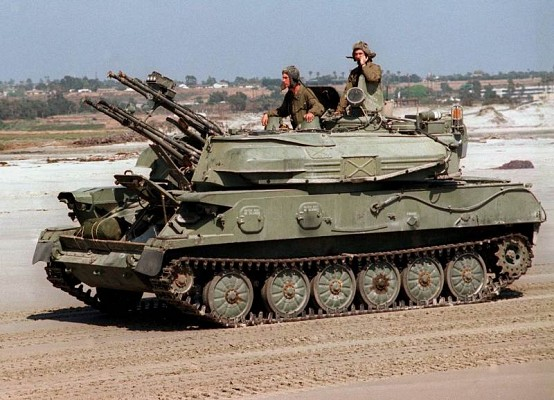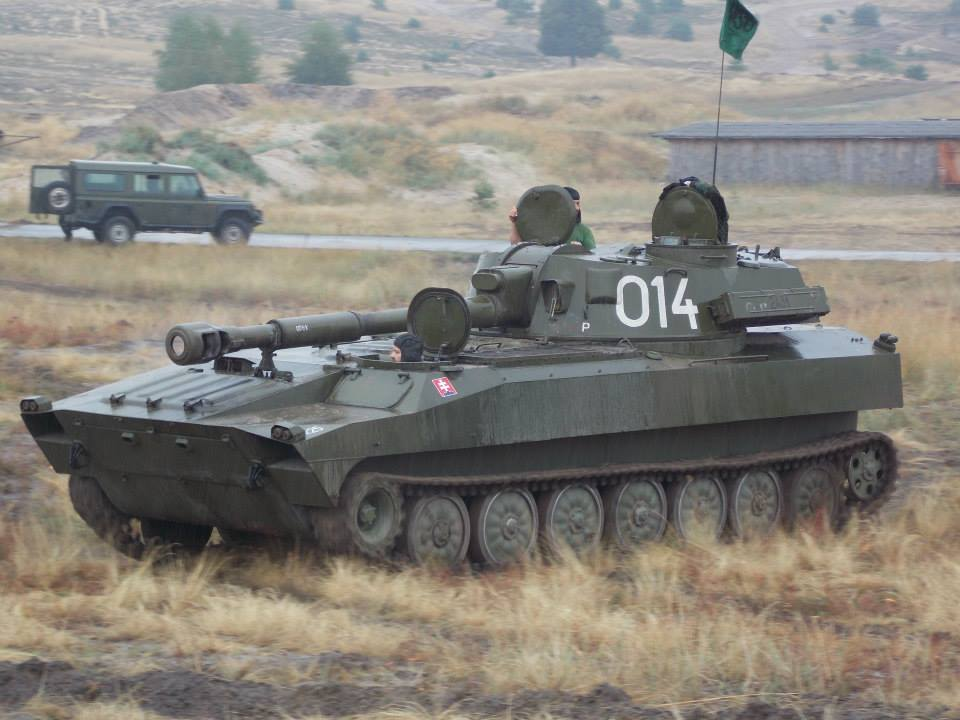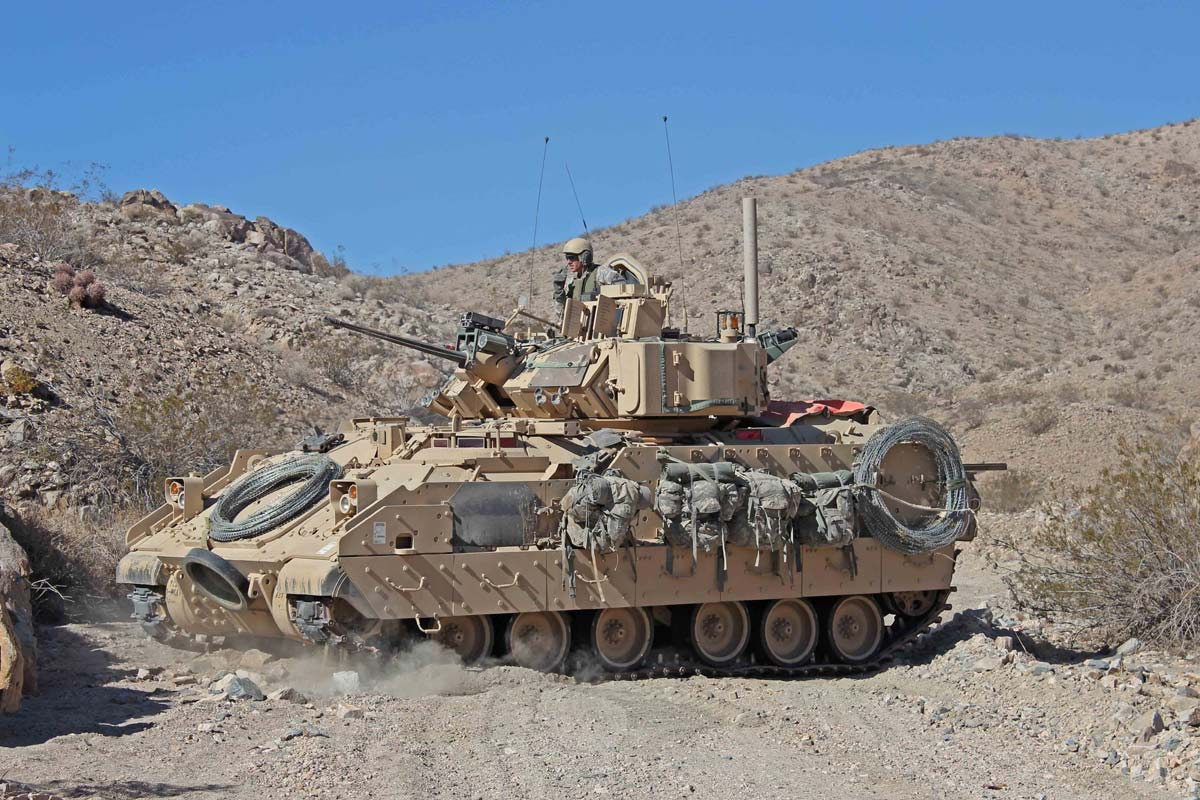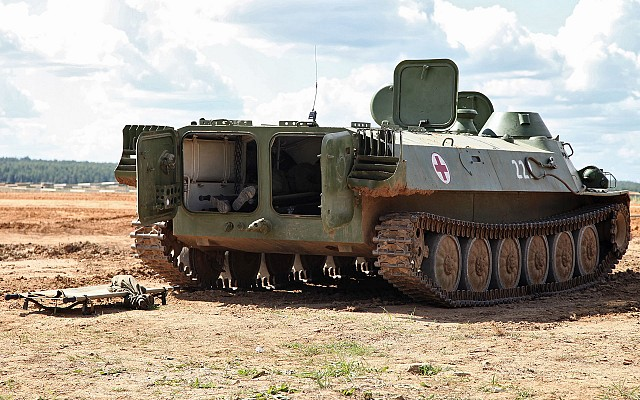What is a Tank?
March 11, 2022 | General News
What is a Tank?
Mar 11, 2022
While the world watches the Russian invasion of Ukraine, the parallels with the Northern Fury world are hard to escape. However, we don’t want to be another voice jumping on the bandwagon and will show restraint. There will be a couple other subjects we post on but one thing that is a bugbear of our is the ubiquitous journalist’s ability to miss-identify virtually anything with tracks or a gun – as a tank.
To a journalist it seems that this old but still appropriate chart is still accurate.
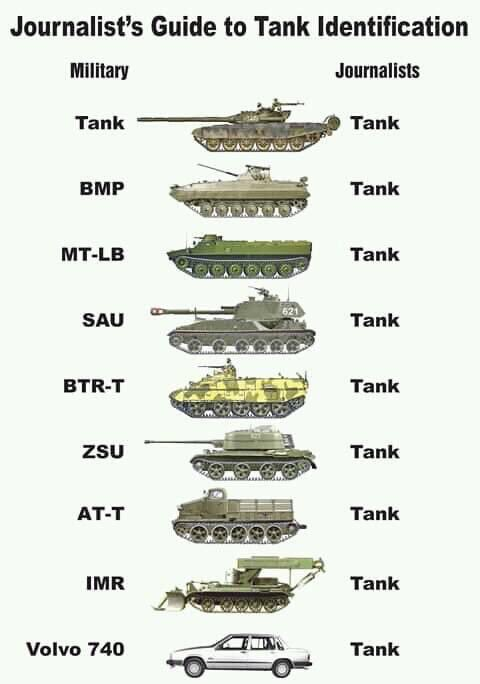
However, you may want to know a bit more. If you don't, that's OK just stop reading now and be reassured that you are in the majority.
If you're still reading, I promise to keep things simple without getting into minutia.
Armoured Fighting Vehicles (AFV) come in many varieties, but we'll talk briefly about 7 types:
Tanks,
Infantry Fighting Vehicles (IFV),
Armored Personnel Carriers (APC),
Reconnaissance vehicles (Recce),
Self Propelled Guns (SPG),
Engineering vehicles, and
Air Defence and other vehicles.
Tanks: These are truly fearsome beasts, they have heavy armour, a turreted gun that can fire in any direction (360*) while on the move, are tracked (99% of them are) and usually have decent defensive systems:
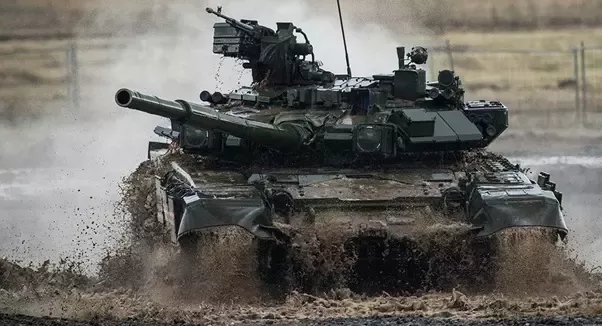
Without getting into too much detail, all tanks in this conflict are Russian in origin (both sides) and ***most ***have:
a main gun that fires a 125mm shell at high velocity designed to punch through the armour of another tank at ~2Km range
a fully stabilized turret which allows the gun to fire in any direction at any speed
has impressive sighting systems and an advanced ballistics computer
some have anti-tank missiles as well
weighs 40-50 tons
has a 3- or 4-man crew
can cross almost any terrain with a top speed on roads of ~45-60Km/hr
can cross some obstacles and breach walls and ditches
is fitted with advanced armour which varies a lot between types
Some data on the T-90 which is a follow on from the famous T-72 can be found here
Infantry Fighting Vehicles (IFV): Despite being far heavier, more capable, better armed, faster, and better protected than most early WW2 tanks -- these are **NOT **tanks. They are infantry carriers that can fight.
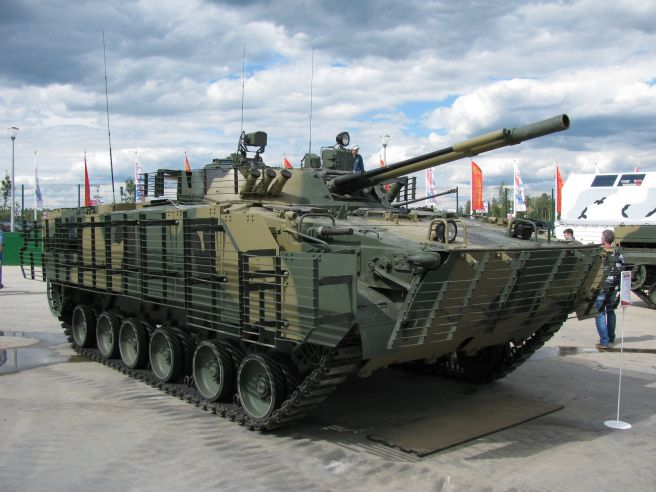
These vehicles are designed to deliver a squad of infantry to an objective while at the same time keeping the defender suppressed and/or kill other armored vehicles (except tanks... maybe). Once again ***most ***in this conflict are of Russian origin and have:
A main gun, some have two. The BMP-3 above has a 73mm low velocity gun and a 30mm high velocity autocannon.
the turret is not well stabilized (US Bradly is) but can fire 360*. So, these vehicles *should *stop before firing unless they just want to keep the enemy's head down, hitting something while on the move involves a lot of luck.
a crew of 3 and room for 7 or 8 soldiers. The guys in the back might be able to use firing ports to use their rifles but that is not overly effective
many have advanced armour and defence systems
weighs about 20 tons
Russian IFVs can generally swim water obstacles (US Bradly cannot)
cross most terrain with a top road speed of ~65-70Km/hr
have a sighting system which is usually less impressive than a tanks (except a US Bradly)
are usually tracked and can cross many obstacles but struggle with walls and ditches (Canada uses the LAV-6, a follow-on to the LAV-3, which is wheeled and struggles on most obstacles but has a top speed of 100Km/hr)
Here is some data for the BMP-3 which is used by both sides
Armored Personnel Carrier (APC): Nobody (except the Americans) can afford to put all their infantry in IFVs so they need a mix of IFVs and APCs. These are essentially battlefield taxis that are not meant for heavy fighting. Infantry is far safer outside of them than inside if the enemy is in sight. These are really **NOT **tanks.
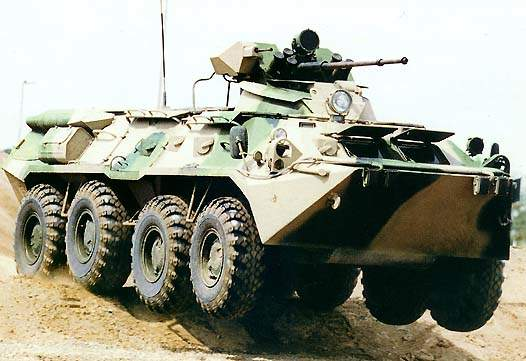
There is a wide variety of these around the world but once again, in this conflict most are of Russian origin and the ubiquitous BTR-80 shown in the photo makes up many of them. Most have:
Wheels or tracks but cross-country mobility is the key - otherwise it is a truck with armour.
they all have weapons but a very rudimentary sighting system - Spray and Pray is the norm with older types but some of the newer ones are getting pretty good.
they weigh in at 10-15 tons, but the armour is pretty basic stuff
a crew of 2 or 3 with between 7 & 9 dismounts, firing ports are optional and the crew commander may dismount with the infantry. A BTR-80 has a crew of 3 with 7 dismounts, firing ports and the crew commander stays in the vehicle
speed, obstacle crossing and ability to swim varies wildly. The BTR-80 is good on all counts
here is the data on a BTR-80
Reconnaissance Vehicles (Recce): The sports cars of this bunch. These vehicles are built to be small, fast, and nimble - of course they need all of that to hide and if seen they have to bugger off quickly or die. If you mistake these for a tank you should **NOT **be reading this
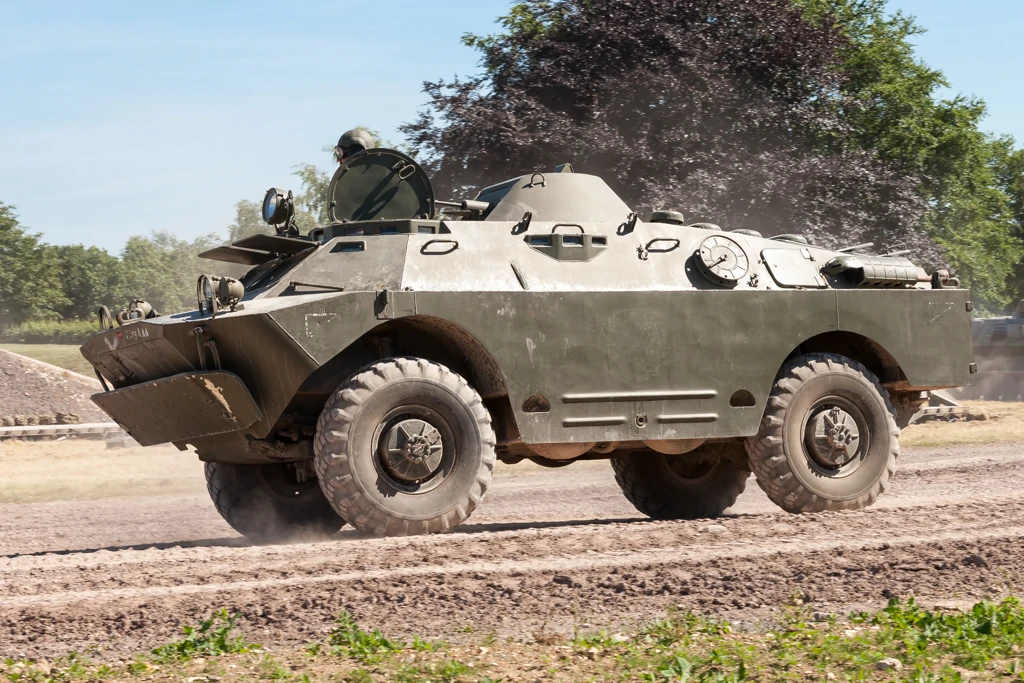
Both sides use the BRDM-2, a Russian design which has retractable belly wheels (just visible), that can drive it over obstacles. A lot of modern recce vehicles are simply up-armored trucks, but the BRDM is still around after 60 years.
Most recce vehicles are wheeled although the US Bradly (M3) is tracked (and neither small nor nimble - but potent)
most weigh less than 10 tons, the BRDM is 7 and many are lighter than that (not the Bradly...)
4-man crew
the BRDM is armed with a 14.5mm and 7.62mm machine gun, the sites will send the rounds toward the enemy, mostly. The armour will stop a rifle bullet, usually.
speed and agility are what is needed and the BRDM has that.
Self Propelled Guns (SPG): Although these might look like tanks, they have a big gun sticking out of a round bit on top of tracks - they are **NOT **tanks. These are howitzers, mortars or artillery guns covered with armour.
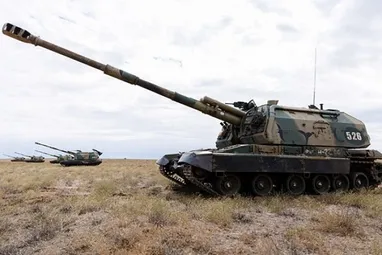
Both sides use Russian designed SPGs but the Ukrainian ones are older types. The Russians put a lot of effort into firepower so several new designs like the one pictured (MSTA 2S19, 152mm). SPGs vary widely in gun size and looks but remember that the weapon of the artillery is the bullet - not the gun, which is simply a delivery means. Some tidbits:
The big bit that turns, holds the gun and is on top is a 'cab' (gun cabin) not a 'turret'.
SPGs cannot fire on the move, they usually only fire if the gun is generally between the headlights but can fire 360* if needed.
Although an SPG can fire directly at a target (direct fire), it usually fires indirectly using a distant observer or predicting where the enemy is. The sight system is optimized for trigonometry based calculated fire, not looking at the target.
The armour is designed to defeat an SPGs most consistent threat, shrapnel from enemy artillery. It will stop small arms as well but nothing bigger.
SPGs weight depends on the gun size mostly, a MSTA is 42 tons, some are less than 15, the German Panzer-Howitzer 2000 is an eye-watering 56 tons.
Road and cross-country speed should be almost irrelevant but 40-60 KPH is normal. Critical speeds are 1) time into action, 2) rate of fire, 3) time to get out of action - you don't want to hang around once you start firing or things will get unpleasant.
Engineering Vehicles: If it is big, ugly and has all sorts of bits hanging off it - that's an engineering vehicle. These are usually built on tank chassis, travel with tanks and have similar protection - but are **NOT **tanks.
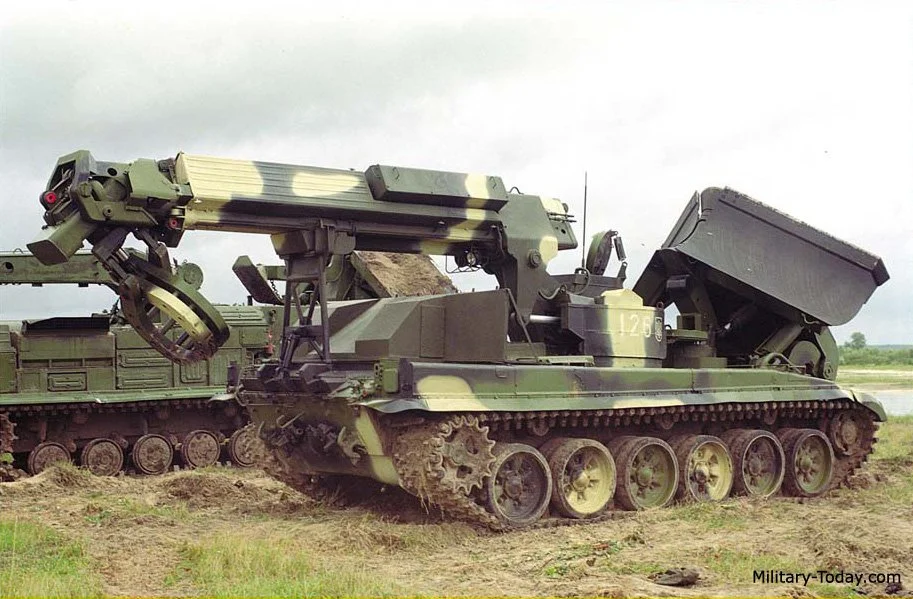
Once again, both sides in this conflict use Russian vehicles. These guys have all sorts of variations and jobs, bridge layers, mine layers and Armored Engineer Vehicles (AEV) are the most common. Pictured is the IMR-2 AEV.
These are not generally armed, except machine guns because the Engineers didn't want to feel left out and wanted to play with guns.
They tend to be slow and bulky but are generally nirvana for Mr. Gadget with augers and plows and claws and things.
Their job is to help tanks and other vehicles cross obstacles, they travel up front with tanks and are called in when the tanks need help.
Because of the relatively small numbers and critical utility - they are on every High Value Target List on the planet. If an enemy sees this thing it will attract a lot of unwanted attention
Other AFVs: There are dozens of these, so this really isn't a category, just a grab bag of everything else that is **NOT **a tank.
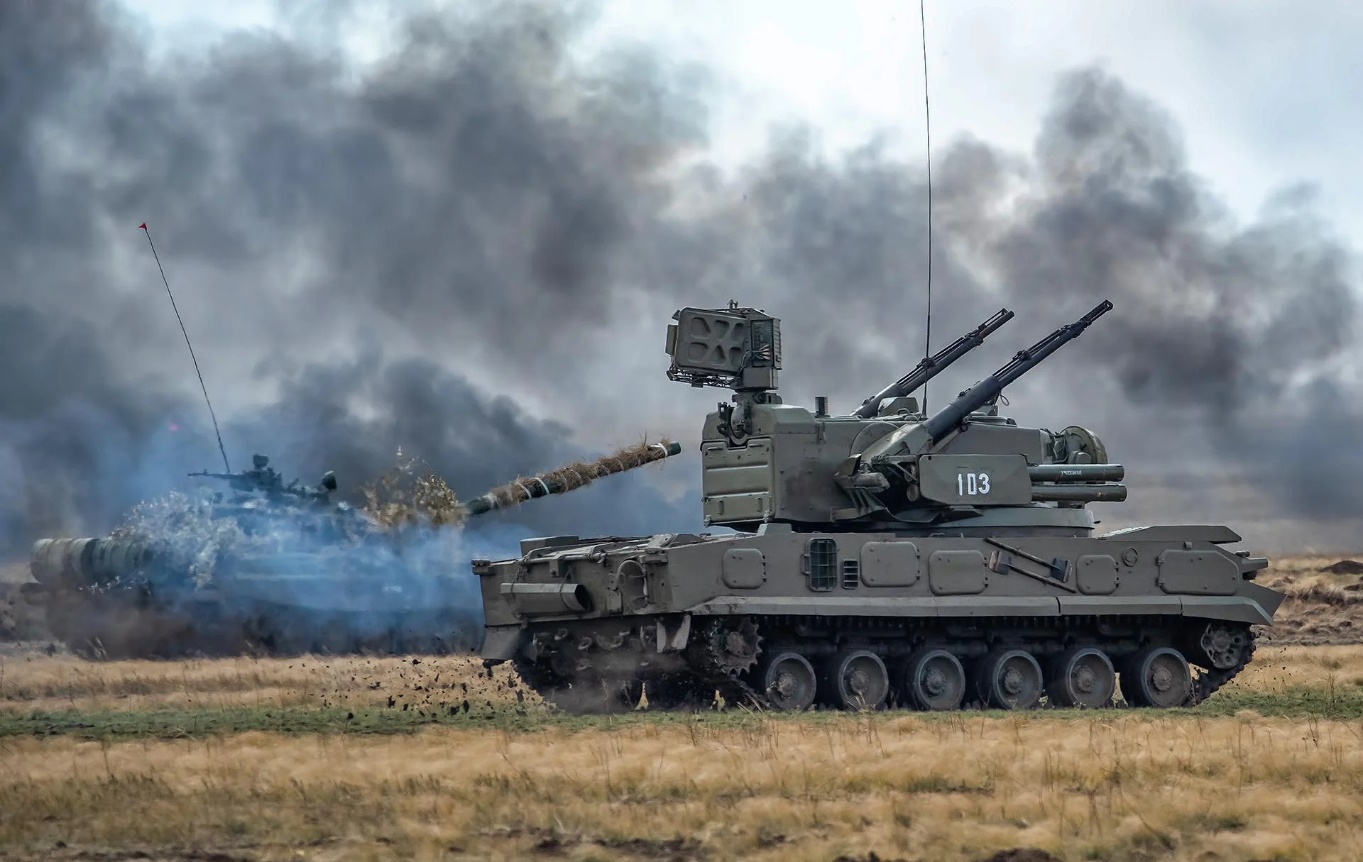
Pictured is a Russian 2K22 Tunguska air defence vehicle. Pretty badass if you are a helicopter or any armoured vehicle other than a tank that it comes across. A short and non exhaustive list of other armored vehicles is:
Air defence vehicles such as the Tunguska or the ZSU-23-4 or the famous Gepard.
SAM (Surface to Air Missile) vehicles. The armour will keep mosquitos out but not much else. Mobility is the key and there are a wide variety.
Tank destroyers, you don't see many of these around anymore, but they are on a tank chassis with a tank gun embedded in it (sometimes missiles). They cannot shoot on the move and have very limited arcs of fire. Instead of Shoot & Scoot, their role became Shoot & Die.
Recovery vehicles, sort of like engineering vehicles - big, ugly, lots of bits and NOT tanks. Their job is to pull tanks and other AFVs out of bogs and things as well help with repairs. John Deer tractors are apparently taking over this role.
Command or observation vehicles, generally based on APCs or IFVs. Usually have guns removed and the space filled with radios
Ambulances, transport vehicles, mobile radars and other general-purpose or specialties. The link is for an MTLB which is an older design Russian APC, but the list of variants is informative
Volvo's - **NOT **a tank but could be!
Now just a reminder:
Tanks:
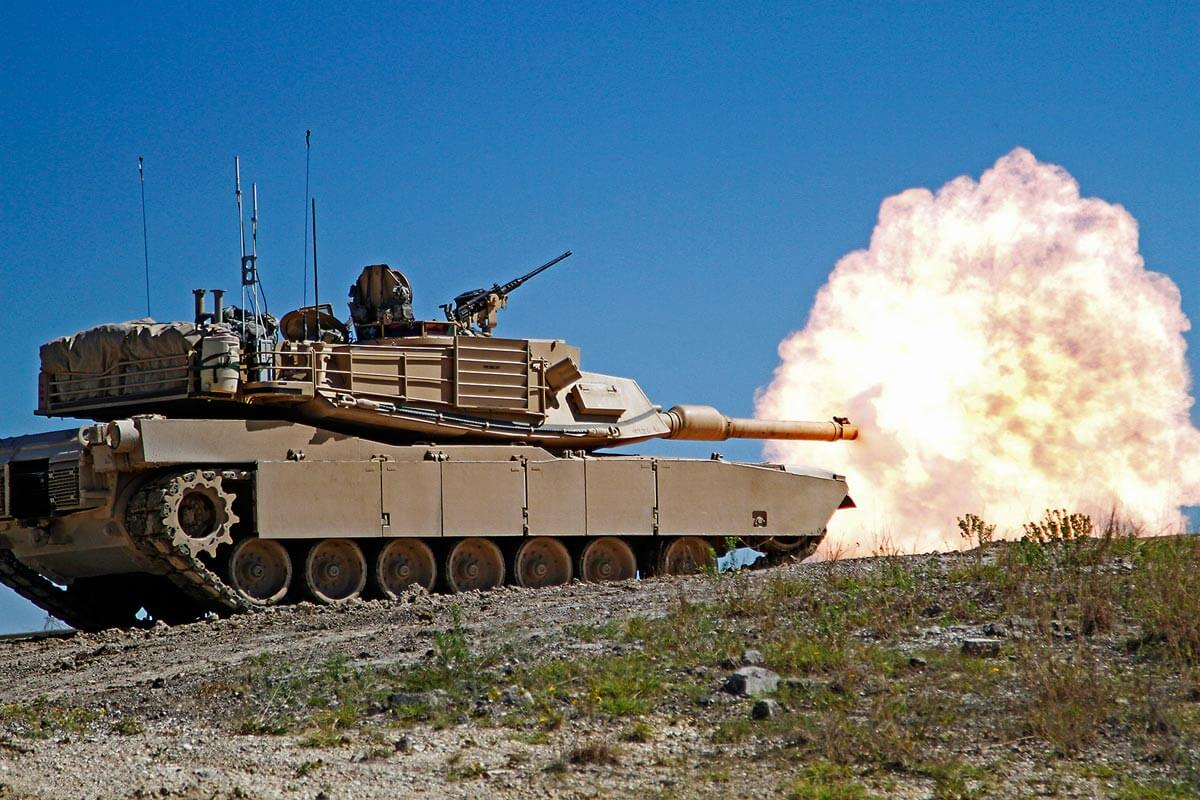
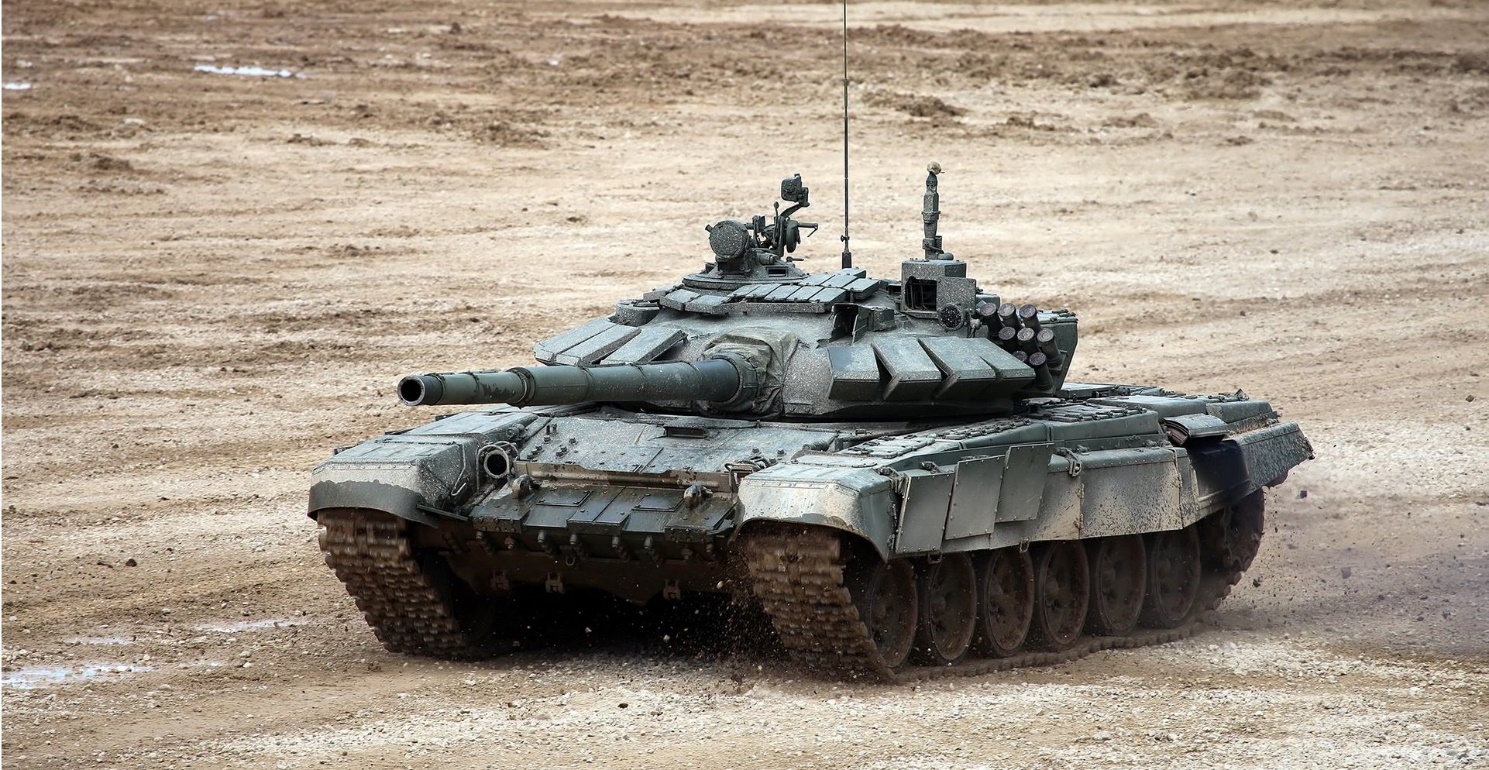
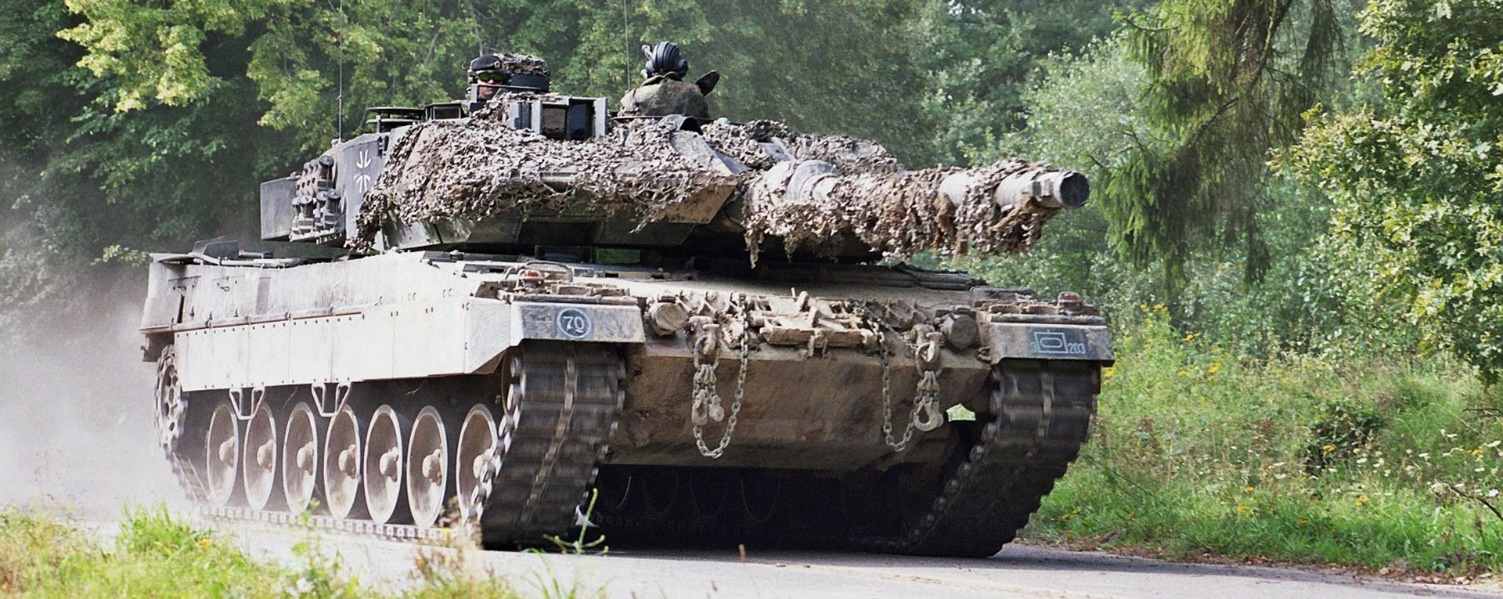
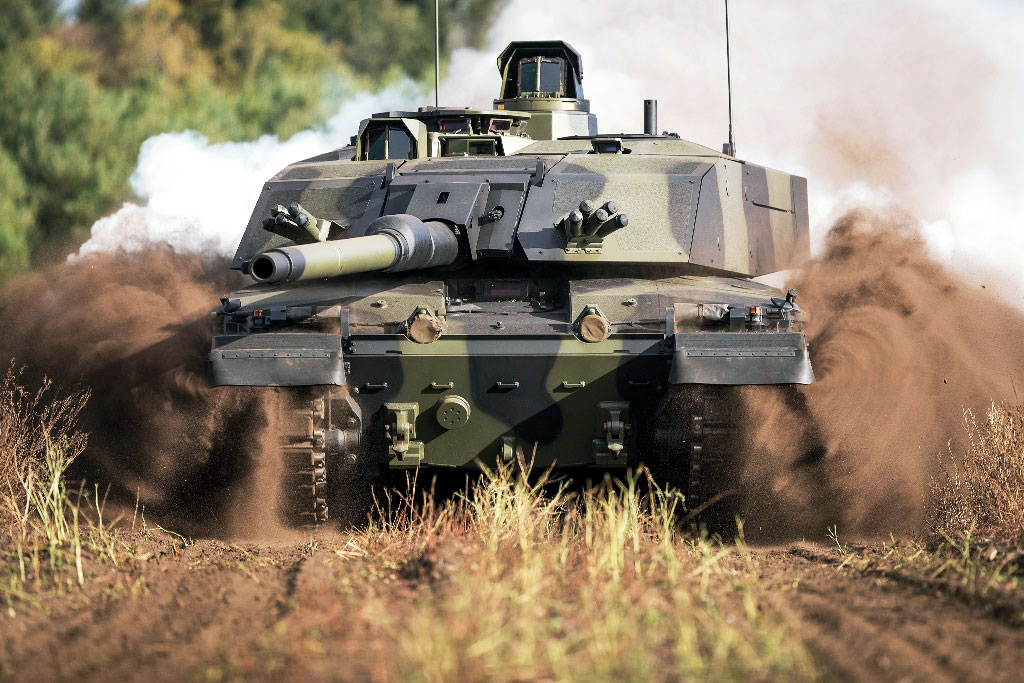
Not Tanks:
